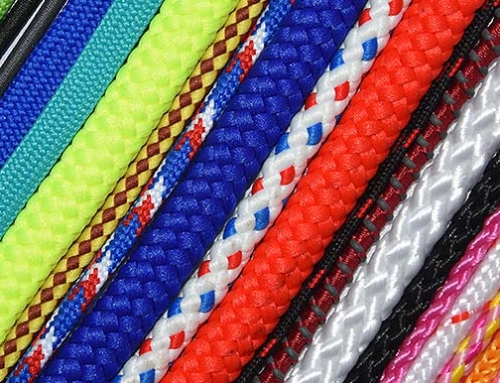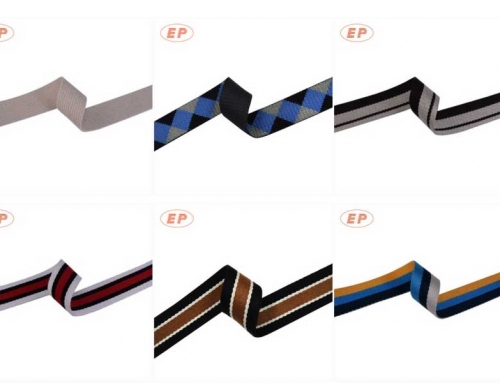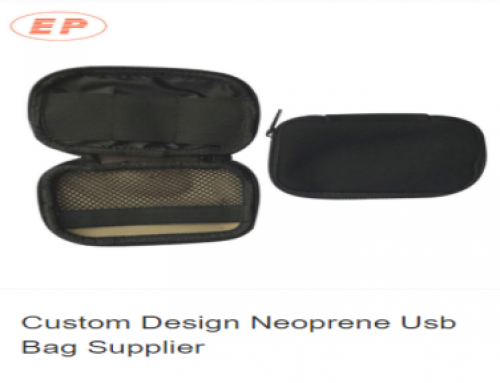When choosing webbing, an increasing number of people have stronger environmental awareness and tend to buy Eco-Friendly webbing. Because it not only benefits our health, but also pays off in the environment protection. So, what factors do we need to concern when buying the Eco-Friendly webbing? I have got an good answer for you.
Main Assessment Items for Eco-Friendly webbing
-
Dye that Causes Allergies
Disperse dyes are used when dyeing polyester, nylon, and acetate fibers. Some disperse dyes can cause allergies. Currently, there are a total of 20 such dyes that are not available for use in the Oeko-Tex Standard.
-
Formaldehyde
Formaldehyde is toxic, it binds to proteins in the body to alters the structure of the protein and freezes it. Formaldehyde-containing textiles gradually release free formaldehyde during wear and use. After contact with human respiratory tract and skin, it will result in respiratory inflammation and dermatitis.
-
Organotin Compound (TBT/DBT)
Organotin compounds can damage the body’s immune system and hormonal system and are quite toxic. The Oeko-Tex Standard 100 added (TBT/DBT) to a new test project in 2000. Organotin compounds are mainly used as preservatives and plasticizers in the textile production process.
-
PH Value
The surface of human skin is weakly acidic, which is beneficial to prevent the invasion of germs. Therefore, when the pH of the textile in contact with the skin is between weakly acidic and neutral, it will not cause itching of the skin and damage its weakly acidic environment.
About EP®
Established in 2010, Dongguan EP® Launcher International Co., Ltd has become professional manufacturer of webbing. We have been engaged in the principle of environmental protection and are fully experienced in manufacturing a variety of webbing products, including Eco-Friendly webbing, ropes, elastic bands and so on. If you are in the market for webbing, we would be your ideal choice.





